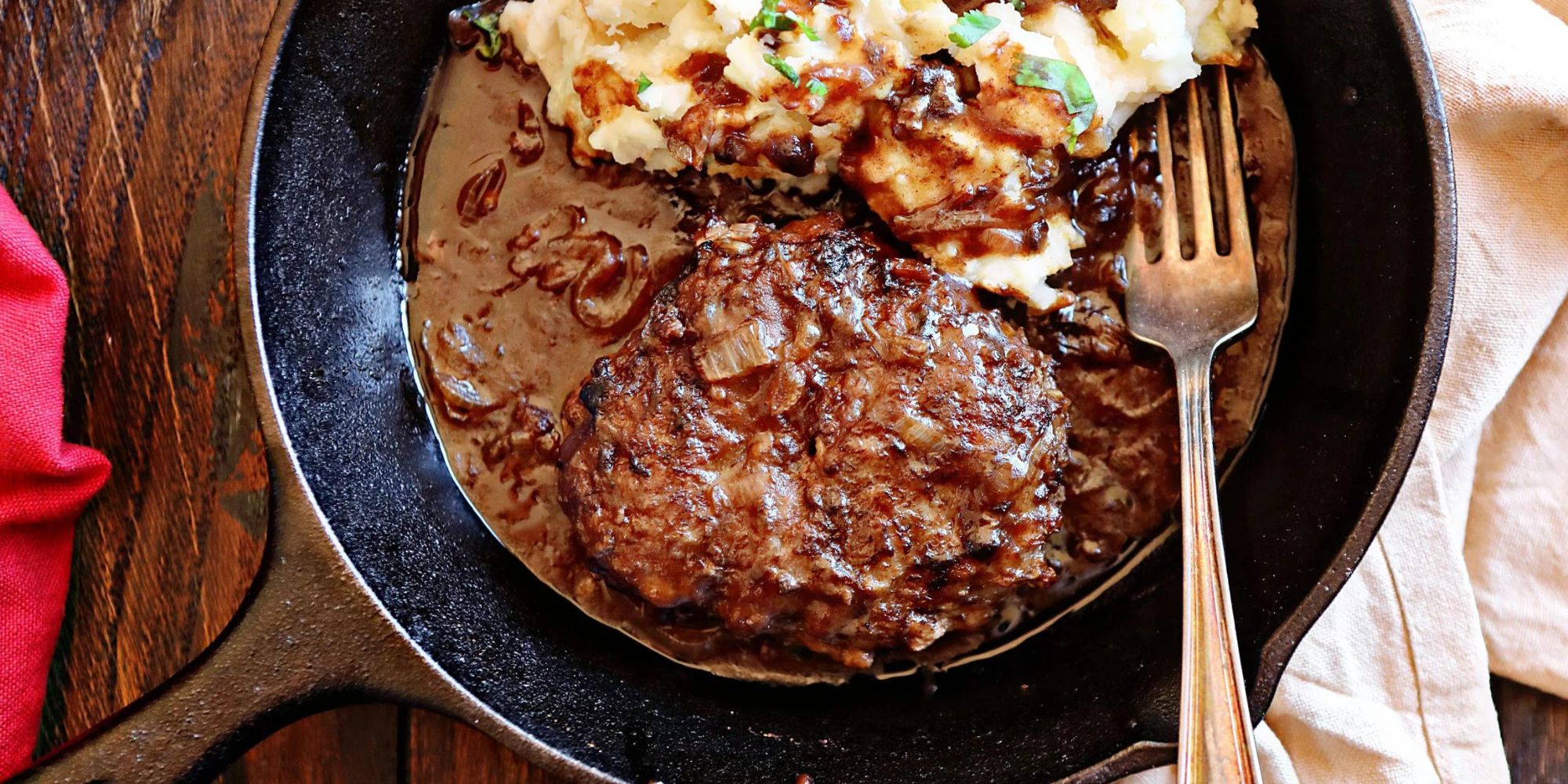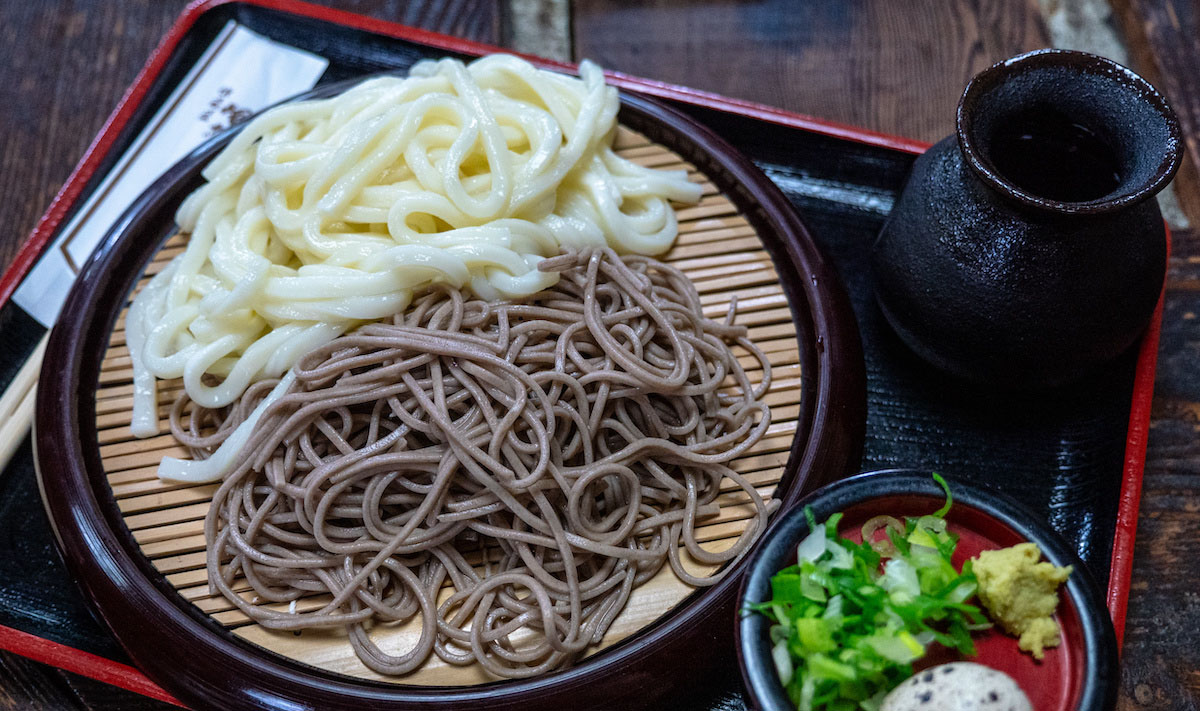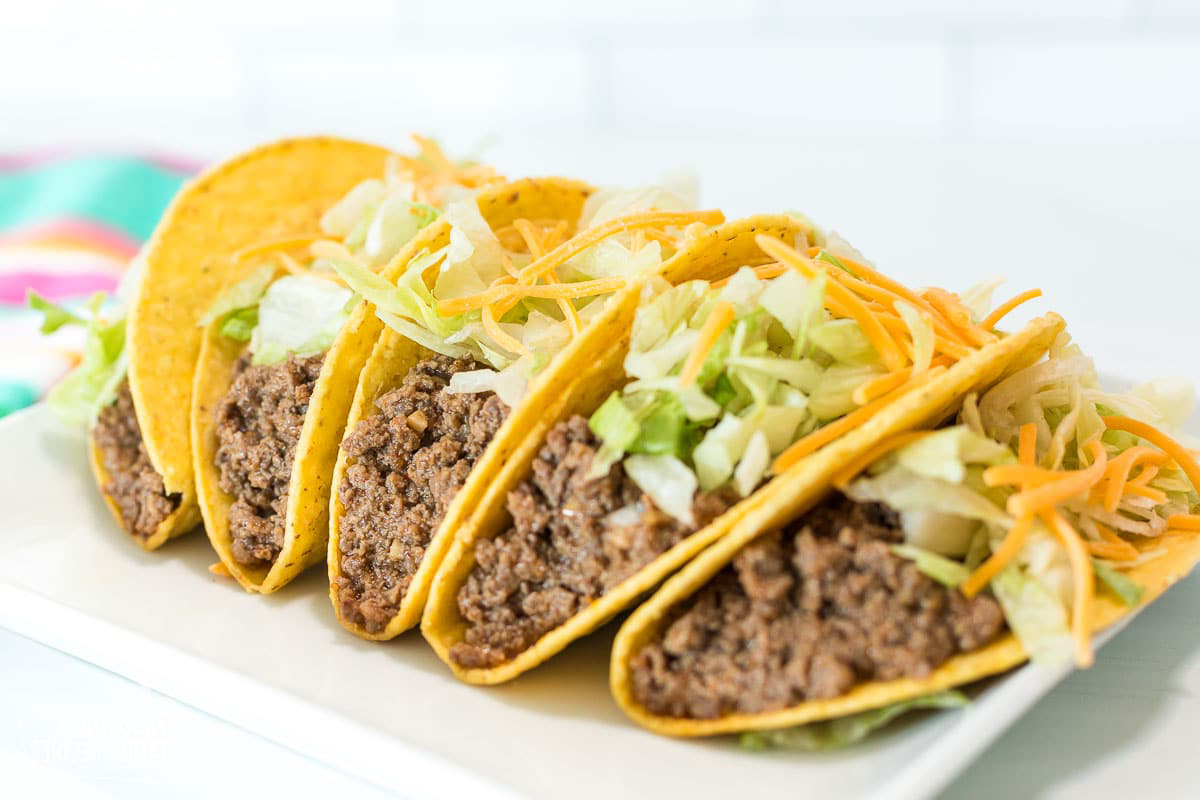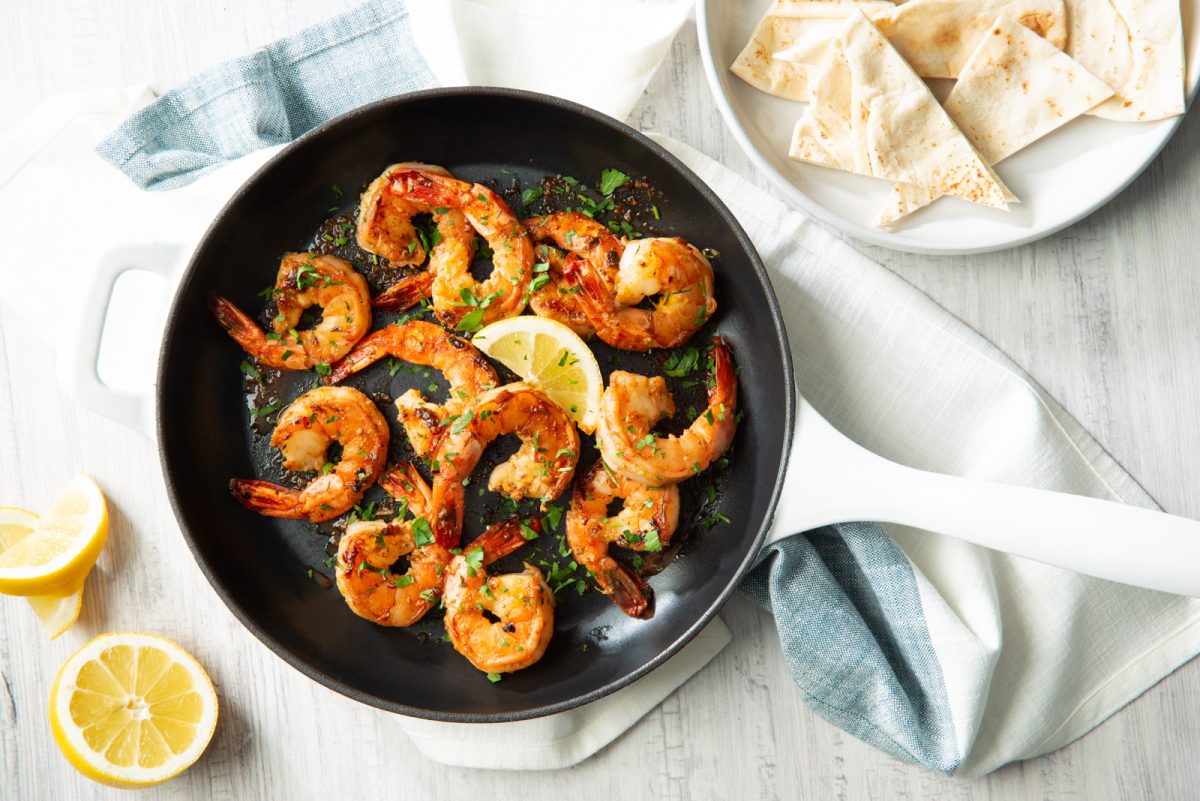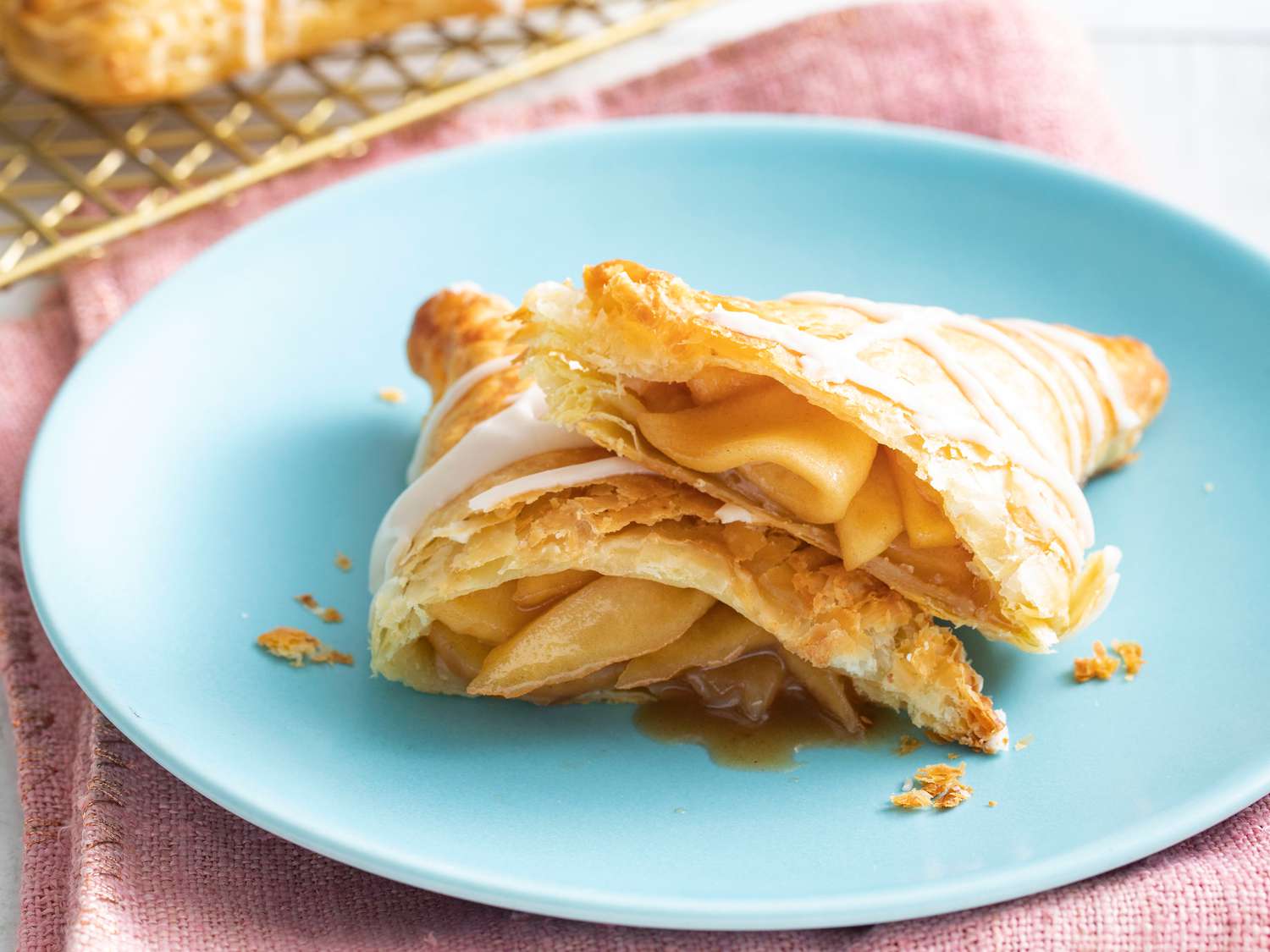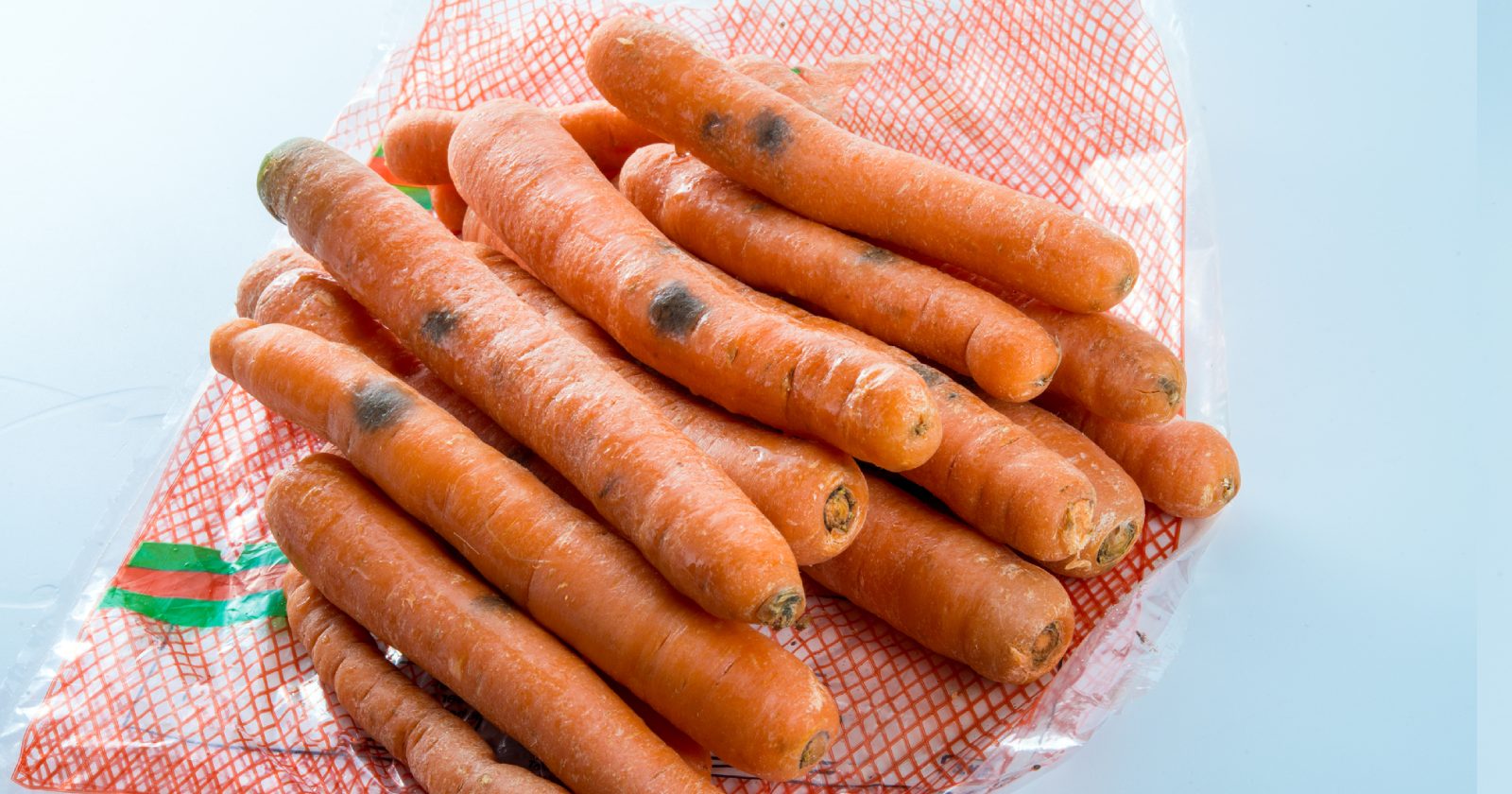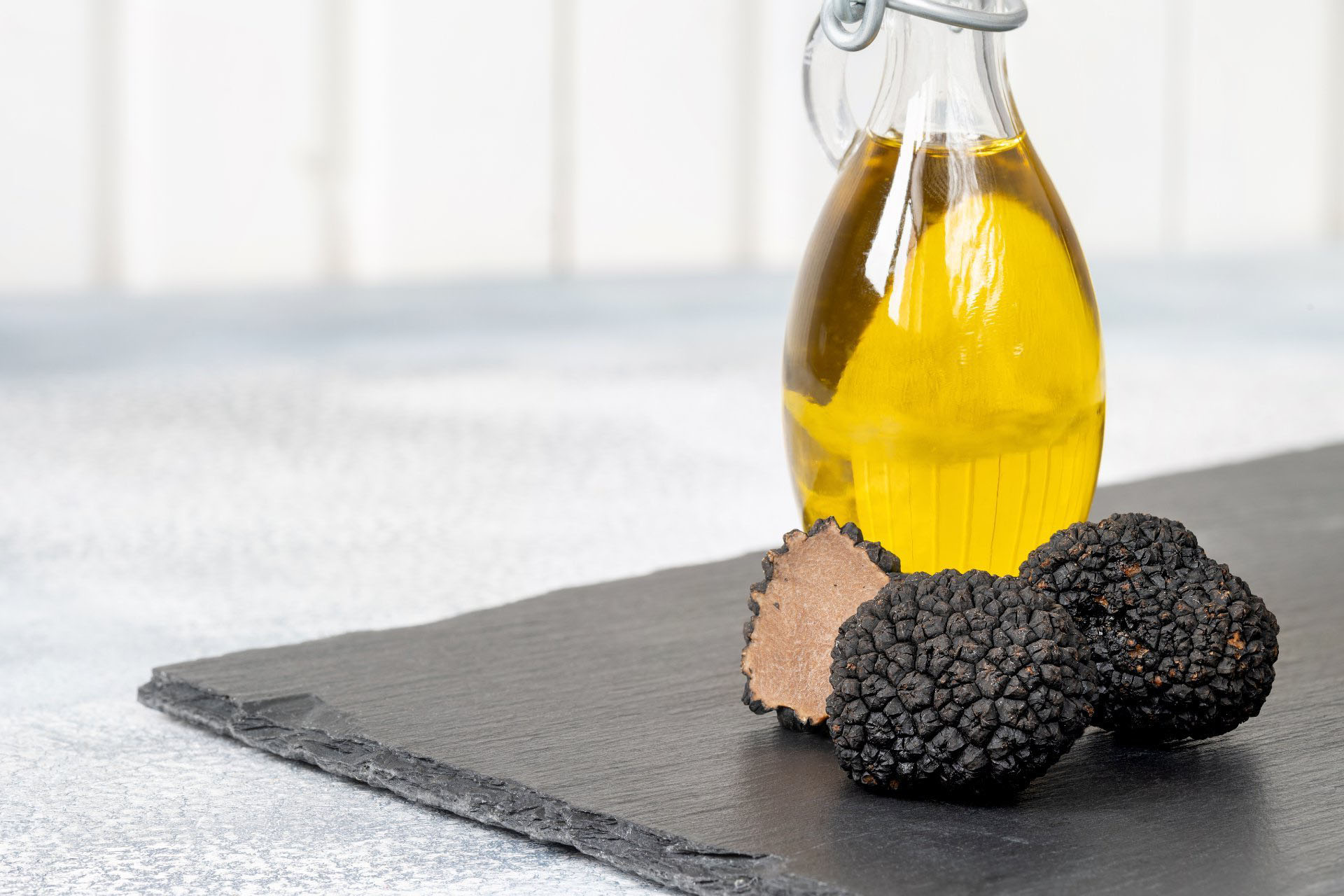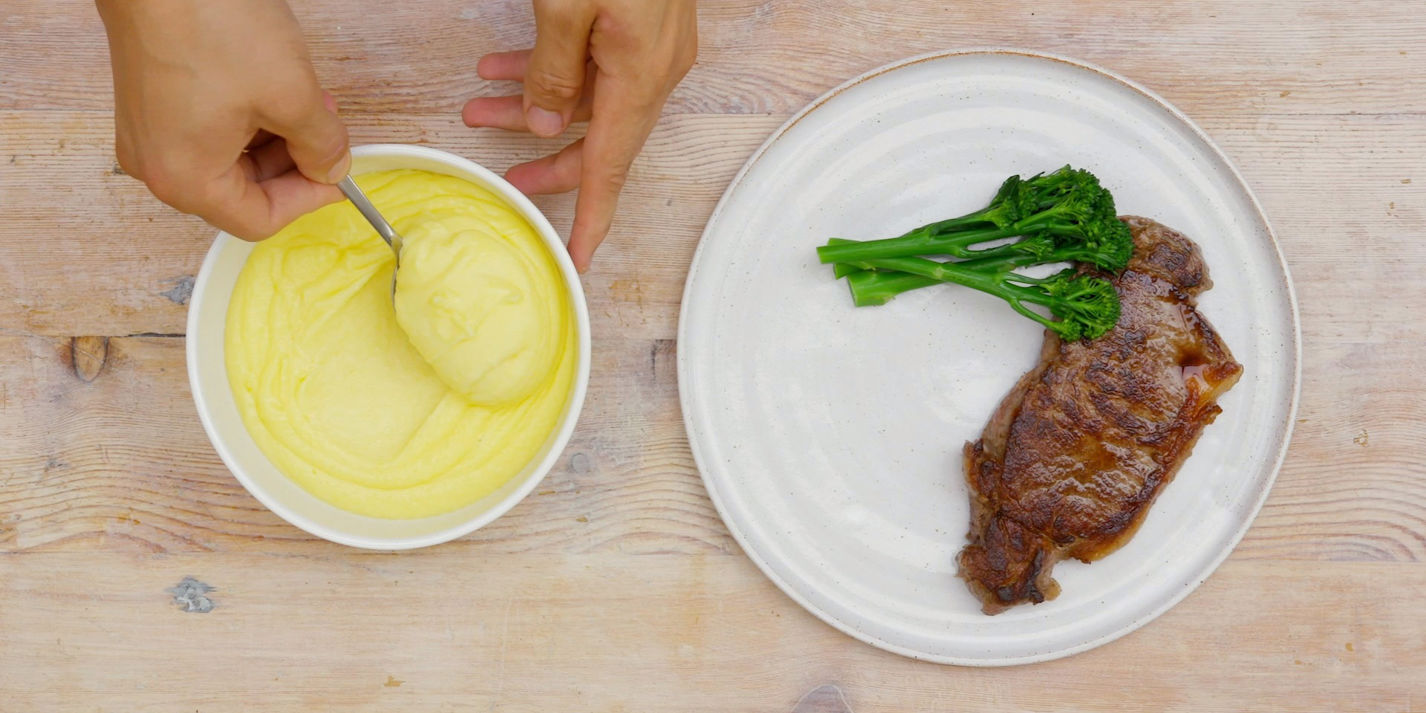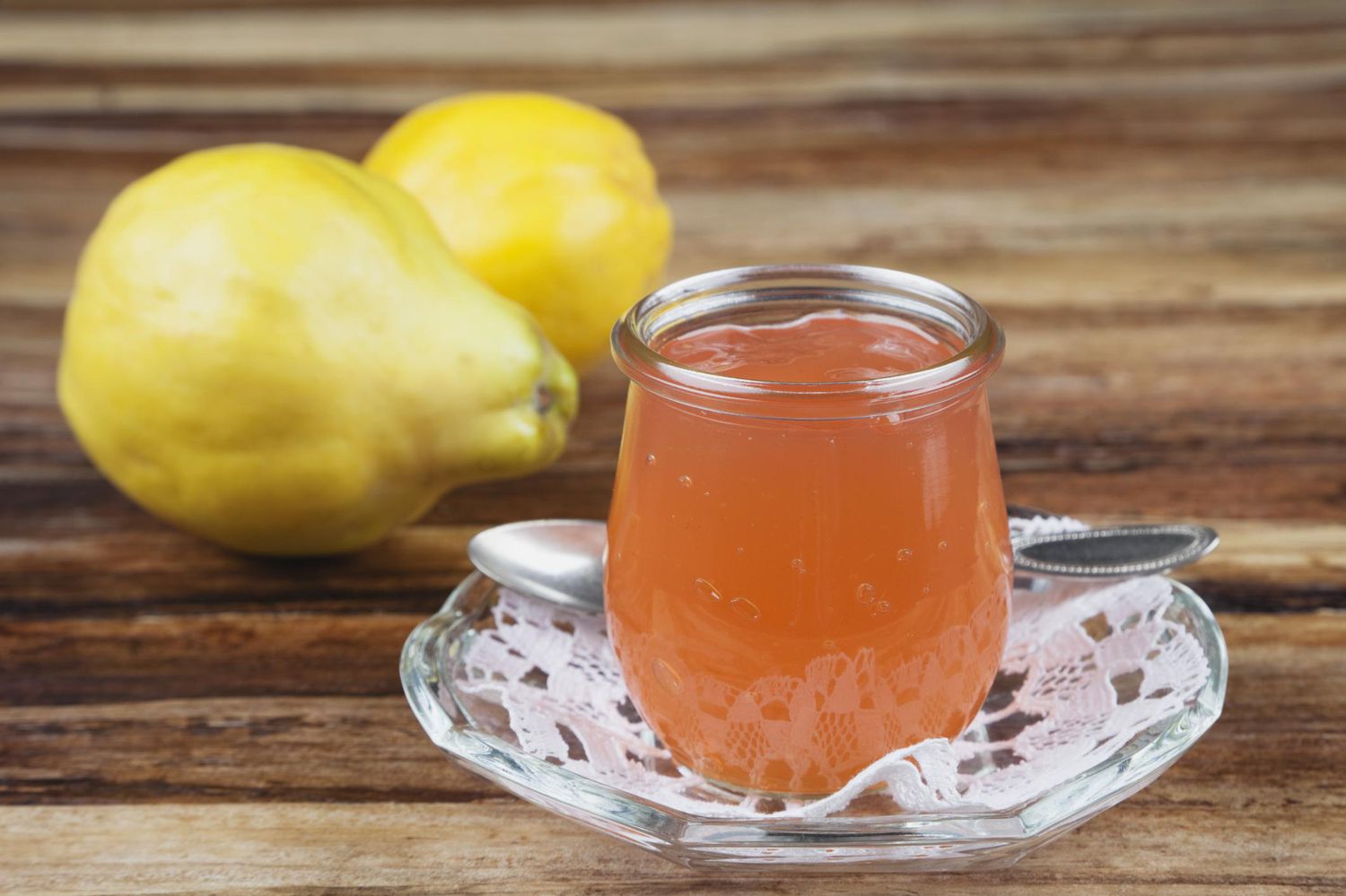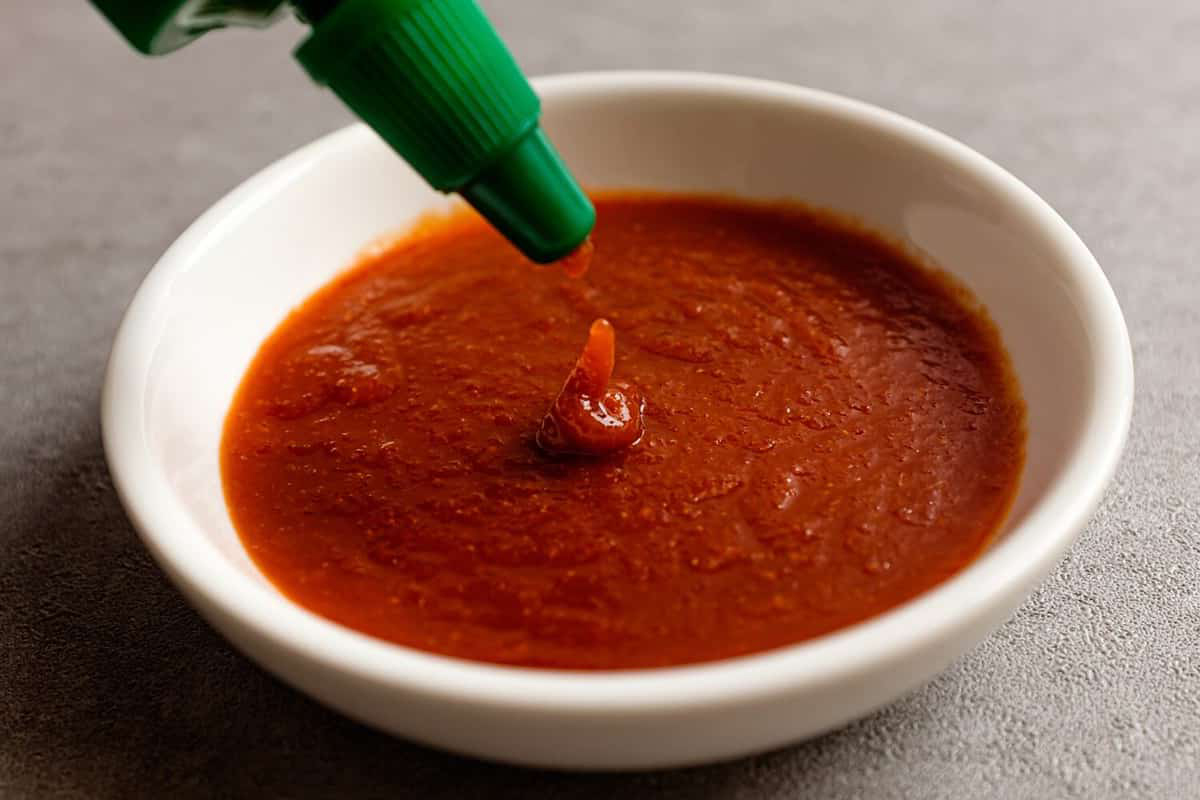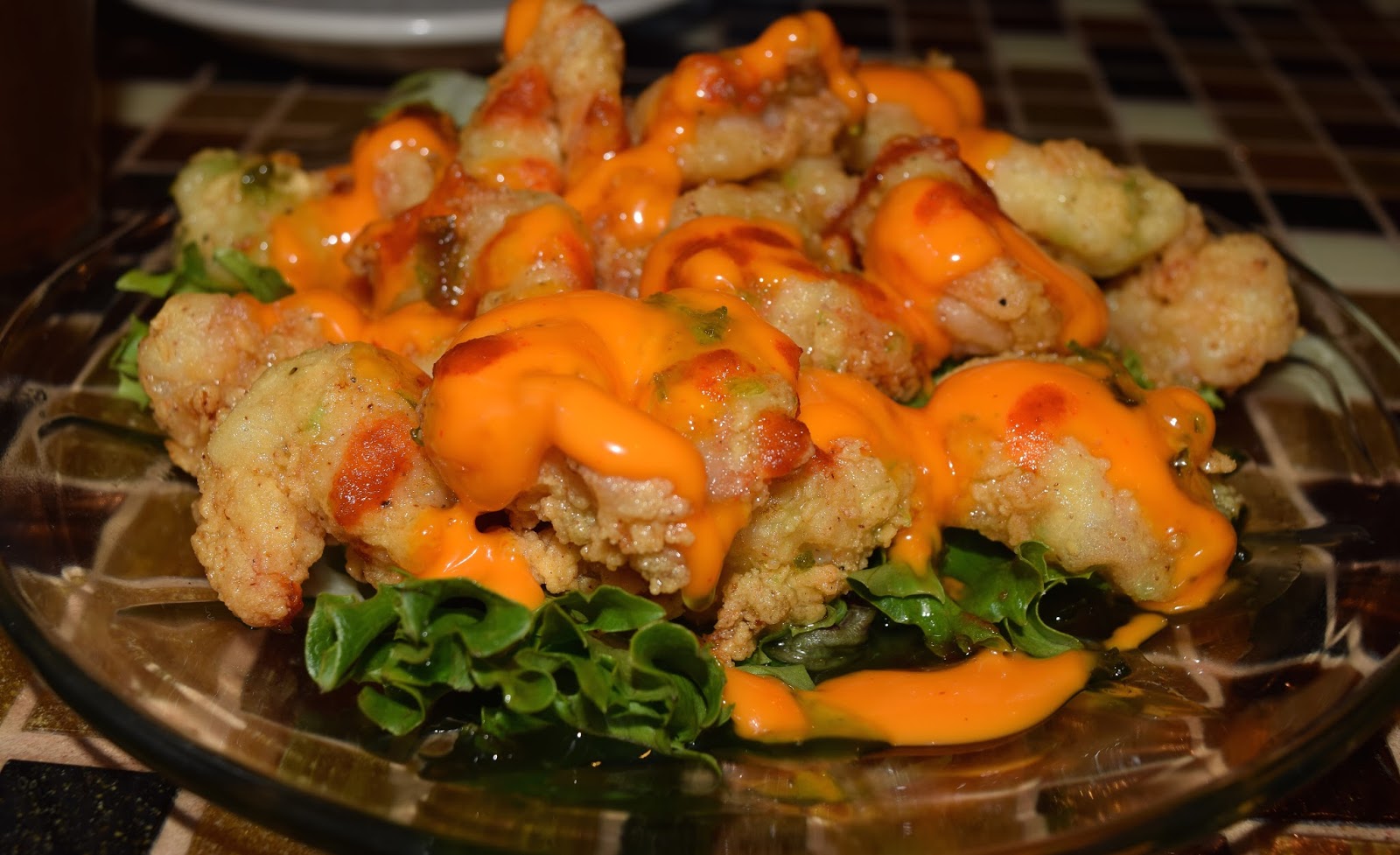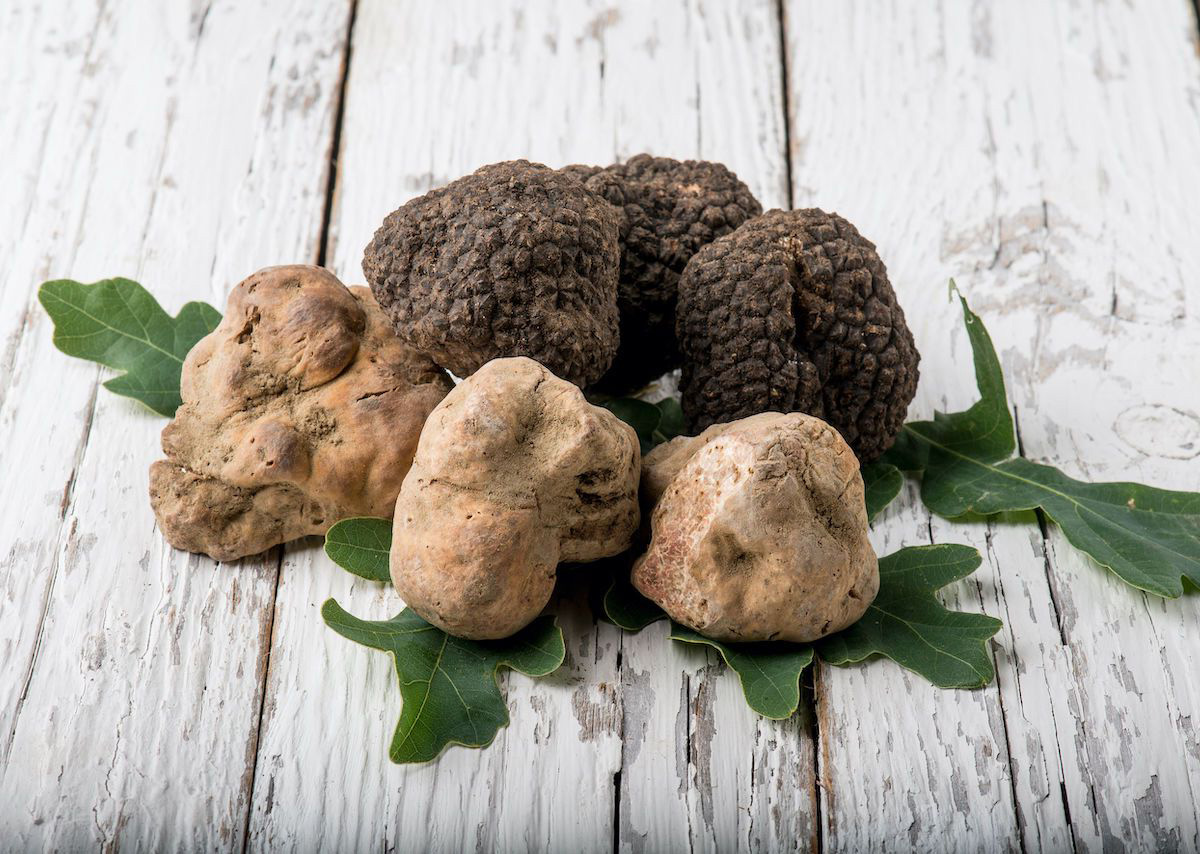Understanding the Art of Flambe
Have you ever been to a fancy restaurant and seen a chef create a burst of flames while cooking? This impressive technique is known as flambe, and it adds both flavor and flair to a dish. Let’s take a closer look at what flambe is and how it’s done.
What is Flambe?
Flambe is a cooking method where alcohol is added to a hot pan to create a burst of flames. This not only caramelizes the sugars in the alcohol but also adds a unique flavor to the dish. The flames are a result of the alcohol vaporizing and igniting, creating a stunning visual display.
How is Flambe Done?
Flambe requires skill and precision to execute safely. Here’s a basic overview of the process:
- Preparation: The chef prepares the ingredients and heats the pan to a high temperature.
- Adding Alcohol: Once the pan is hot, the chef adds alcohol, such as brandy or rum, to the pan.
- Igniting the Alcohol: Using a long-handled lighter, the chef ignites the alcohol, creating a burst of flames.
- Control: The chef carefully swirls the pan to control the flames and ensure even cooking.
- Extinguishing: After the alcohol has burned off, the flames naturally die down, leaving behind a rich, flavorful sauce.
Popular Dishes That Use Flambe
Flambe is commonly used in both sweet and savory dishes to add depth of flavor and a touch of drama. Some popular dishes that feature flambe include:
- Bananas Foster: A decadent dessert made with bananas, brown sugar, and rum, typically served over vanilla ice cream.
- Steak Diane: A classic steak dish where the meat is cooked in a sauce made with brandy, cream, and shallots, then flambeed for a rich finish.
- Cherries Jubilee: A dessert of cherries and sugar, flambeed with brandy and served over vanilla ice cream.
Is Flambe Safe?
While flambe can be an impressive and delicious cooking technique, it’s important to approach it with caution. Working with open flames and alcohol requires careful attention and proper safety measures. It’s best left to experienced chefs who understand the risks and know how to handle the process safely.
Conclusion
Flambe is a captivating cooking technique that adds both flavor and excitement to a dish. When done skillfully, it can elevate a meal from ordinary to extraordinary. Whether you’re enjoying a flambeed dessert at a restaurant or attempting it at home, the art of flambe is sure to leave a lasting impression.
So, the next time you see flames dancing in a pan at a restaurant, you’ll have a better understanding of the impressive culinary technique known as flambe.
Was this page helpful?
Read Next: What Is Gomasio?
